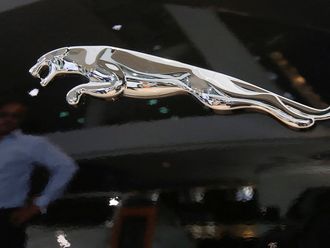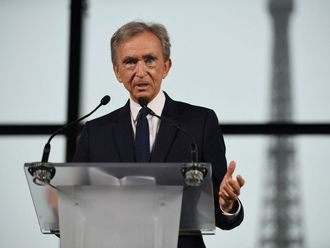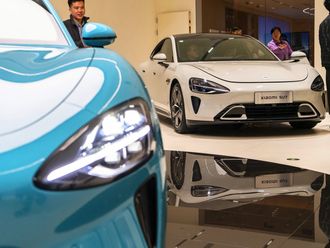Ikea’s chief executive has hailed an acceleration in sales growth at the flat-pack furniture retailer as the Swedish company said consumer sentiment was improving worldwide.
The family-controlled purveyor of Billy bookcases and meatballs said like-for-like sales rose by 3.6 per cent in the year to August. Total sales rose by just 3 per cent to 28.7 billion euros but in local currencies the increase was 5.9 per cent. But they are better than 2012-13 when like-for-like sales grew by just 1.8 per cent.
All those figures lag behind the targets Ikea set itself in 2012 to increase sales by 10 per cent a year — half from existing and half from new stores — so that its revenues would double to 50 billion euros by 2020.
Peter Agnefjall, chief executive, told the Financial Times that Ikea was sticking to its target: “There will be years where progress is a little bit stronger and years where it will be a little bit slower ... We see that the world economy is stabilising. There are positive signs in southern Europe.”
Ikea, which reports sales only once a year before unveiling its full accounts in January, said the strongest growth had come from China while the US had performed well.
The Swedish retailer also upped the pace of its store openings last year after a “record low” number of five were started in 2012-13. Last year it opened 12 stores, giving it 315 around the world.
One of Agnefjall’s first acts as chief executive was to abandon his predecessor’s target of opening 20-25 stores a year after Ikea’s founder, Ingvar Kamprad, publicly questioned the plans.
Kamprad has since stepped down from all formal roles in the sprawling Ikea empire but remains a senior adviser to Agnefjall and the retailer’s board. Agnefjall said he had met the 88-year-old for dinner last Tuesday: “What we have seen for the past 10-15 years is that Ingvar has become less and less active. That has been formalised lately. He still has a positive spirit, still gives advice, he is still a fantastic entrepreneur.”
Agnefjall said he remained committed to the 2020 sales target, which can still be reached by average growth of 10 per cent each year for the next six years. He added: “Directionally, we believe we can reach about 50 billion euros but who knows where we will be exactly in 2020? We are not running around every day thinking about that. I’m not concerned about it.”
Ikea is trying to become more responsive to different types of customers instead of only having stores on the edge of cities and forcing people always to assemble their own furniture. It said it had seen growth in internet sales and would expand its delivery service while customers can pay to have their furniture put together.
Ikea is also experimenting with more city-centre stores, having opened one recently in Hamburg to follow ones in UK cities such as Southampton and Coventry. Agnefjall said: “We see a continued urbanisation, more and more people using collective ways to travel. Of course, that has an impact on how we design Ikea and open new stores.”
— Financial Times












